Butters come in many forms and shapes. These are highly nourishing, regenerative, and protective and provide moisture to the skin as they penetrate deep into the tissues in the body skin and hair.
In this article, we will discuss how natural butters provide viscosity, stability, and consistency to cosmetic products. We shall also discover how they eliminate damage, dryness, and roughness from the hair and skin.
Table of Contents
-
In A Nutshell
-
Getting to Know Butters
-
What Are Butters Made of?
-
Properties of Essential Fatty Acids
-
Properties of Vitamins
-
Properties of Proteins
-
Properties of Minerals
-
Properties of Antioxidants
-
Properties of Polyphenols
-
Properties of Phytosterols
-
Properties of Tocopherol
-
How Are Natural Butters Extracted?
-
The Lack of Water and Its Advantages
-
The Texture of Natural Butters
-
Important Safety Precautions When Using Butters
-
The Factors Determining Natural Butter Quality
-
Aroma
-
Consistency and Absorption Rate
-
Extraction Method
-
Sun Protection Factor
-
Tocopherols and Natural Fatty Acids
-
How to Store Butters
-
Classification of Butters
-
Prices of Butters
-
Advantages of Using Butters
-
Your Guide to Using Butters
-
Rate of Absorption of Different Types of Butters
-
Buying Natural Butters
-
Final Words
In A Nutshell
- Natural butters are obtained from natural sources including nuts, beans, and kernels.
- Natural butters are typically thicker in consistency than lotions and creams as they are devoid of water. Thanks to the presence of fatty acids, these butters are usually solid at room temperature.
- These butters add stability, viscosity, and, at times, hardness when they are introduced to natural emulsions and formulations.
- To determine the quality of a natural butter, its aroma, consistency, method of extraction, and the rate of absorption should be taken into consideration. Also, the presence of tocopherols, natural fatty acids, and sun protection factor should be considered.
Getting to Know Butters
Natural butters are extracted using beans, seeds, kernels, and nuts. These butters can be applied directly onto the skin or can be used in cosmetic or massage formulations in the form of creams, lotions, balms, salves, and soaps.
Upon contact with body heat and temperature, butters are known to melt, providing additional smoothness and softness to hair and skin. This relieves the skin and hair of roughness, dryness, irritation, and breakage.
These moisturizing butters have fatty acids, solids, and semi-solid fat oils as their main ingredients. Therefore, owing to its unique composition, each butter has its own properties: anti-inflammatory, moisturizing, antioxidant, and soothing.
When these butters are mixed with emulsions and natural formulations, they add stability, viscosity, and sometimes hardness to these compositions.
What Are Butters Made of?
The main constituents that are present in the most common varieties of butters include essential fatty acids, proteins, antioxidants, vitamins, minerals, tocopherol, polyphenols, and phytosterols.
Properties of Essential Fatty Acids
Here are the main properties of essential fatty acids:
- They are known to restore the natural oil barrier of the skin
- They will provide nourishment to the cells and remove toxins
- They are also known to reduce water loss from the surface of the skin
- They keep the skin hydrated, giving it a youthful appearance.
- They prevent premature signs of aging by keeping the skin moisturized
- They increase the softness and texture of hair and skin
- Create an antimicrobial barrier on the skin to protect it against the environmental stresses
Properties of Vitamins:
- They enhance the tone and texture of the skin
- Eliminate roughness from the skin
- Vitamins have anti-aging effects on the skin
- They will reduce dark spots, wrinkles, and under-eye circles
- Restore skin’s outer layer which helps retain moisture and protects it against harmful chemicals
- Reduces scalp inflammation which helps in preventing hair loss
- Nourishes and thickens the hair
- Vitamins protect the hair and skin from harmful UV radiation, thereby reducing dryness, redness, and swelling
Properties of Proteins:
- Proteins enhance immunity and help in the development of strength in the muscles
- Reduce the premature signs of aging like thinning of hair and wrinkles
- Proteins help in tissue repair and generation
Properties of Minerals:
- Help exfoliate the skin
- Antioxidant properties
- Help in tightening the skin which makes it appear youthful
- Protect the skin against stress and the harmful effects of the environment
- Regulate and maintain the level of oil and moisture, particularly for the skin and hair that are sensitive and oily
- Help maintain lustrous and thicker hair and keep them hydrated and strong
Properties of Antioxidants:
- Help in tightening and toning the skin to reduce blemishes, wrinkles, and scars
- Help to enhance circulation and cell metabolism
- Make the skin plump and youthful
- Help in the growth of new cells which provide a rejuvenated look to the skin
- Help in preventing hair loss and also strengthen hair
Properties of Polyphenols:
- Keep the skin and hair soft and smooth by increasing the moisture level
- Have antioxidant properties
- Stimulate hair growth
- Have anti-aging properties, therefore reduce the damage caused by UV rays
- Help renew skin tissues
- Help to keep the skin elastic by preventing collagen breakdown
- Have photoprotective properties which guard the skin against UV radiation, harsh environmental conditions, oxidative stress, and harmful bacteria
Properties of Phytosterols:
- They possess photoprotective properties and reduce photosensitivity
- Help the cells regenerate and repair tissues
- Heal skin disorders such as eczema, sunburn, wind chapping, psoriasis, wounds, and dermatitis
- Possess anti-inflammatory properties
- Promote immunity
- Prevent irritation and itching
- Promote collagen production and cell metabolism in the skin
- Promote hair growth, reducing hair loss
Properties of Tocopherol:
- Moisturizes and conditions the skin
- Helps wounds heal faster
- Anti-inflammatory properties which slow the process of aging
- Protect the skin against pollutants
- Make the skin firmer
- Used as preservatives in skincare formulations and cosmetics
How Are Natural Butters Extracted?
Natural butters used cosmetically are obtained by combining a number of different oils sourced from nuts, seeds, kernels, and beans.
The Lack of Water and Its Advantages
Butters usually do not contain water. If water would have been a component, butters would be emulsions and would be called lotions. Since butters do not have water content, they do not need synthetic chemicals to preserve them.
The Texture of Natural Butters
Butters vary in their texture. They could be soft, semi-solid, whipped, solid or hard.
There are two primary components of a butter: minerals and oils. The oils serve as vehicles that carry the minerals to the skin tissues. When minerals and oils are blended, they provide a barrier, guarding the skin against harsh environmental stresses which have drying effects on the skin.
Important Safety Precautions When Using Butters
They should never be consumed and should be stored out of the reach of children. Remember to conduct a patch test on the inner arm or any other insensitive area of the skin by applying a pea-sized amount of the butter to check for allergic reactions before you use it.
Wait for at least 48 hours. If no allergic response appears, you can use the butter on your skin. If you have sensitive skin, some butters may have an adverse effect. If you suffer from acne often or have oily skin, refrain from using butters or consult your healthcare practitioner.
Butters best serve skin that is broken, dry or chapped. If you are allergic to any of the natural sources from which the butter is made, you are at a higher risk of developing an allergy and should avoid their use at all costs. For example, people who suffer from allergies due to nuts should avoid using butter that is derived from nuts.
Certain side effects of cosmetic butters include rashes, swelling, skin irritation, adult acne, itching, and hives. If you notice any allergic reaction, immediately stop using the product and consult your doctor who will be the best judge in providing appropriate treatment.
It is best to consult your healthcare professional before you use butters to protect yourself from possible side effects.
The Factors Determining Natural Butter Quality
Organic butters are considered to be the best in quality. But even these will go foul with time. There are numerous factors that determine the quality of butter. These include the following.
Aroma
When it comes to aroma, butters are usually odorless. They might also have a mild and distinctive aroma. This aroma could be faintly sweet, nutty or it could be related to the plant material from which the butter is extracted.
Consistency and Absorption Rate
Butters vary widely in their consistency. They could be thick or thin (hard or soft). You might prefer butters to be thicker or thinner in viscosity; it’s largely a matter of personal preference. It also depends on the intended use of the butter.
If you wish to apply butter on oily hair or skin, you would opt for a light variety of butter that is non-greasy and is absorbed faster. It would penetrate the skin quickly and would not clog the pores. If you wish to treat severely damaged dry skin or hair, you would require butter that is thick, rich, and has deep moisturizing properties.
Extraction Method
The most commonly used butter in natural products is organic, unrefined, and raw. Unrefined butters need to be filtered to remove dust or small particles without altering the nutrients, vitamins, and fatty acids present in the butter.
On the contrary, certain cosmetic formulations need butters that do not have any odor so it does not interfere with the fragrance of the essential oils that are added to the cosmetics. For these cosmetic formulations, deodorized/refined butters would be best suited.
Sun Protection Factor
Certain butters contain elements that naturally provide protection against the harmful UV radiations of the sun. They scatter/reflect the UV rays, thereby preventing them from burning and penetrating the skin. If the skin is overexposed to the sun, it would cause premature aging, causing dark spots, wrinkles, fine lines, and the appearance of the skin would be leather-like.
Though it is not advised to use cosmetic butters as replacements for sun protection lotions, they could be used together with other products to prevent damage from the sun.
Tocopherols and Natural Fatty Acids
The natural fatty acids present in butters provide nourishing properties. Since they help restore and stimulate the skin, they make it look younger and healthier. Tocopherols are natural preservatives.
As some butters are very rich to use on their own or owing to their dominant odor, they need to be diluted and added to other products which are lighter and odorless. A number of butters might be combined to achieve the ideal composition.
How to Store Butters
Butters that contain large quantities of unsaturated fatty acids will go bad sooner and usually last up to six months whereas the butters that have longer lives will last for at least one to two years. You should store butters similar to carrier oils. In order to maintain the quality of a butter and increase its shelf life, it should be stored in an airtight container in a dark and cool place.
Butters that have natural antioxidant properties usually last longer as these compounds will prevent oxidant and slow down the process. These butters are usually those that are rich in vitamin E content.
Classification of Butters
Butters can be classified based on their solidity which can range from hard to soft. The following are the different types of butters.
Solidity |
Butter Name |
Characteristics |
|
Hard |
|
|
|
Medium/Semi-Hard |
|
|
|
Semi-soft |
Ghana Shea (refined and deodorized) |
|
|
Soft |
|
|
Prices of Butters
The prices of butter usually depend upon the plant types from which they are extracted. It varies based on the plants being exotic or endemic, the therapeutic properties, the quantity that needs to be purchased, and if there’s any organic processing involved. The cost also depends on the supplier from which it is purchased.
Do not fall for buying the cheapest butters available as they can be of inferior quality. Make sure you trust the manufacturer and explore their certifications and standards policy as well before you make a purchase. You should also be considering the grade of the butter and ensure it matches the purpose you are buying it for.
Advantages of Using Butters
Butters have distinctive properties that make them unique. There are also some common factors to all butters: this includes properties such as emollience and versatility. It is because of these properties that butters find wide usage in massage, softening, cleansing, moisturizing, soothing, protecting, and wound healing.
Butters can be used directly or combined with other agents to tackle:
- Dryness
- Peeling
- Rashes
- Wrinkles
- Itching
- Blemishes
- Blistering
- Roughness
- Cracking
- Wound-healing
- Inflammation
- Aching
- Stinging sensation
- Fatigue
Butters will maintain the skin and hair in good shape. It is best to apply butters on the skin when it is moist after the shower. They can also be used before bedtime as the butter will get enough time to penetrate the skin and it will thus be able to provide better hydration.
If the butter type you are using is highly concentrated, you only need a small amount. It is suggested to apply a pea-sized amount on the body and increase the quantity if required.
Natural butters are used as a base in cosmetic formulations to provide moisturizing properties. They can also be blended with other body butters to provide more hydration. It is best to stir butters well into the formulation instead of just shaking it so that they are thoroughly mixed.
If the butter used in a formulation has a strong odor, it is best to use the refined variety so that the odor of the final product is not overpowered by the natural fragrance. However, as far as possible, it is best to use the unrefined varieties since they are nutritionally richer.
Butters are usually suitable for all skin types. However, they can be mixed with carrier oils and essential oils to suit your preferences.
Your Guide to Using Butters
Butters can be used in several creative ways. The chart below provides some information about the common butter types and the recommended ways in which they can be used regularly.
In the table below, we will see the different types of butters, the specific advantages of each, and the representative examples that fall under each category.
Type of Butter |
Advantages |
Butters |
|
Nut butter |
|
|
|
Seed butter |
|
|
|
Bean butter |
|
|
Rate of Absorption of Different Types of Butters
Fundamental to any natural butter is the rate of absorption. This refers to how rapidly the butter type is absorbed by the skin. If a certain butter takes a long time to percolate down the tissues, it will have a ‘slow’ rate of absorption. On the other hand, a butter that rapidly penetrates the skin after application will have a ‘fast” absorption rate.
Let us now see how butters can be classified depending on their rate of absorption by the skin and how they typically feel when applied. Once again, we will see some examples of each butter type.
Rate of absorption |
Finish/Feel on Skin |
Butters |
|
Fast |
|
|
|
Average |
Leave the skin with a silky finish |
|
|
Slow |
|
|
Buying Natural Butters
You can buy natural butters for cosmetic use from a number of different vendors. They could be purchased from food and health stores, cosmetics shops, grocery outlets, and even online. What’s more, you could also purchase butters from essential oil manufacturers.
When you buy butters, make sure you have a clear idea of the intended use and the grade that will be the most suitable for the purpose. Ensure that you purchase butters from a reputed company.
We have been sourcing our products from reliable producers around the world and ensure that every product adheres to the highest quality standards.
Final Words
Body butters are incredible moisturizers indeed that can help keep your skin hydrated. Thanks to powerful antioxidants and anti-aging properties, they can impart a youthful glow to your skin. We saw the different kinds of butters in this article and learned how they are extracted and commonly used.
We also discovered how every butter type has its own specific uses. While some butters will be ideal for your skin type, others might be best avoided. We also saw how butters are classified into different types based on their texture, solidity, and rates of absorption by the skin.
We hope you’ve found this guide useful in knowing more about these precious gifts of nature. Finally, remember to consult your doctor before you begin using any butter. Pregnant women and breastfeeding mothers should consult their doctors before using them too.
So, what do you think about natural cosmetic butters? How do you usually use them at home? We would love to know your thoughts and ideas.
Please use the comments section to reach out to us!






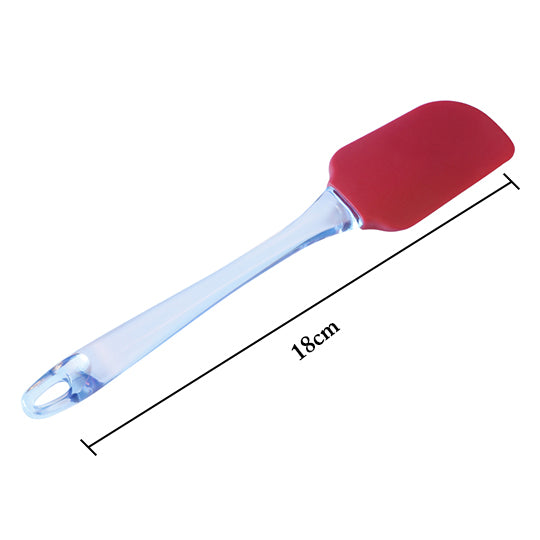






 Sign in
Sign in Register now
Register now My Reward Points
My Reward Points




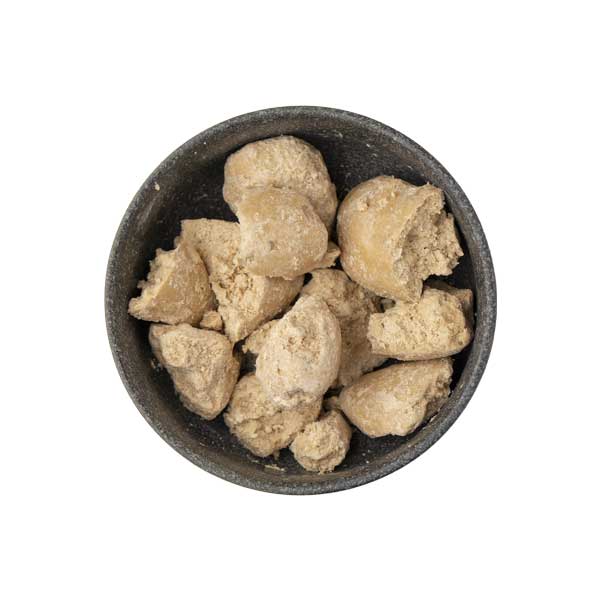


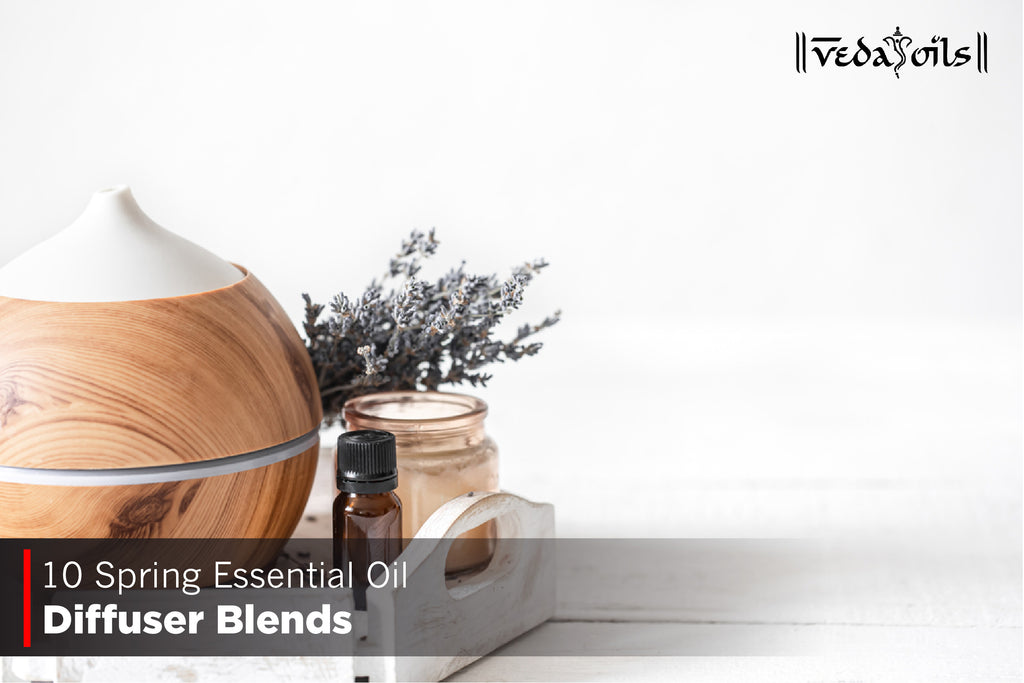

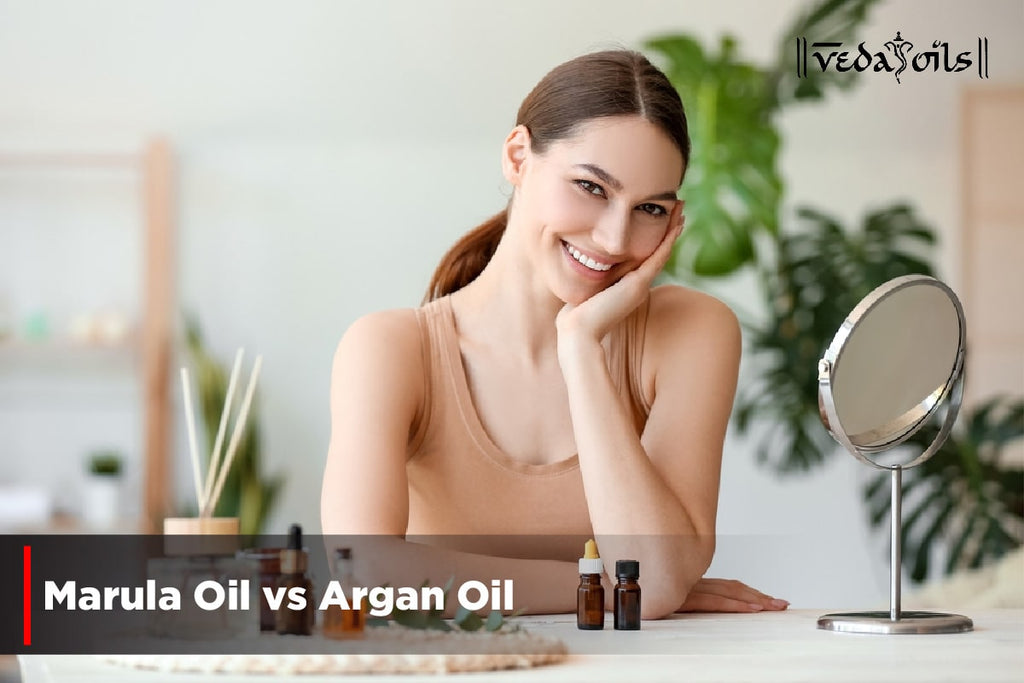
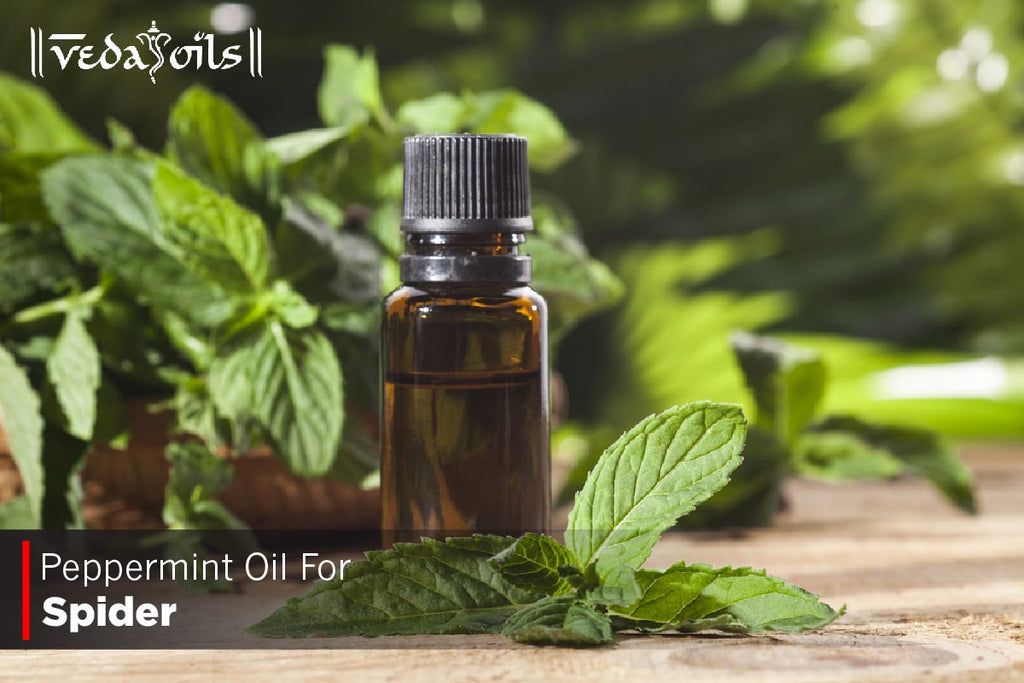
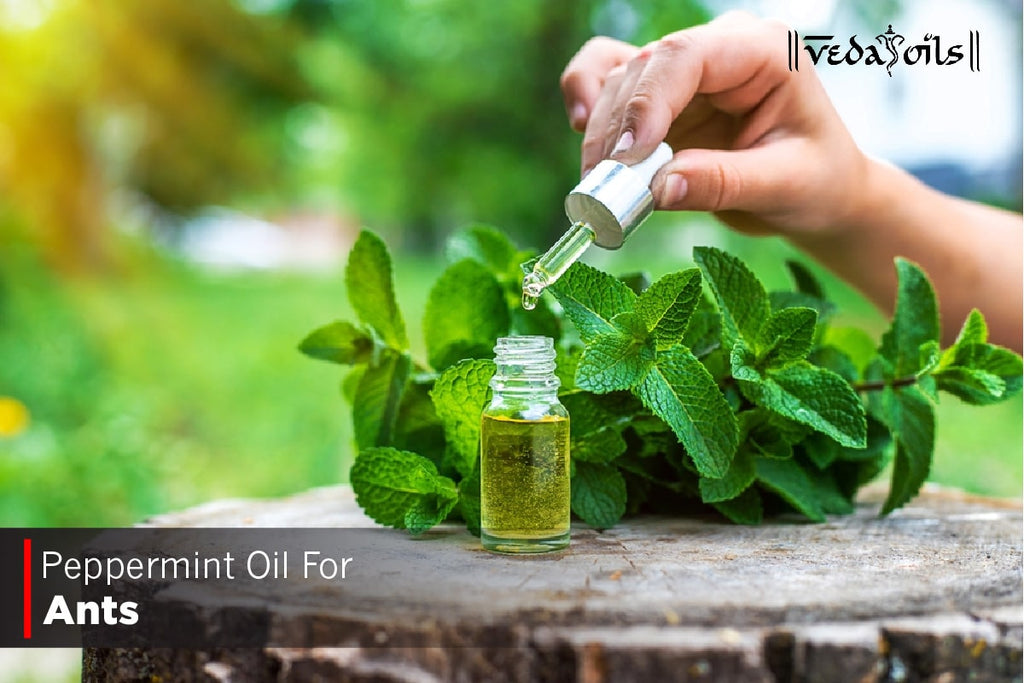

World of information on kinds of butter